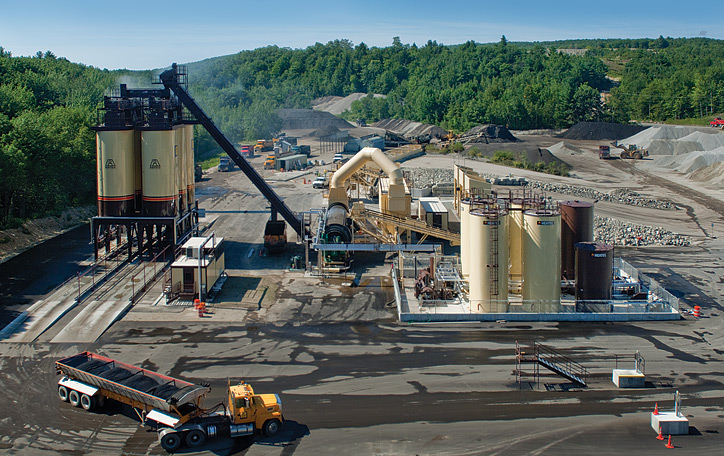With Brazil and Argentina emerging from recession this year, the overall economic picture in Latin America is continuing to improve, but significant risks remain for a region-wide recovery, stated Fitch Ratings in a new report.
Stronger global growth and a mild improvement in commodity prices have been the key factors in Latin America’s improvement, according to the New York-based credit rating agency’s new regional “Risk Radar” report for the second quarter. “Moderate” currency appreciation and easing inflation in many countries has also contributed to the recovery, FinanceColombia reported.
Still, “notable downside risks persist,” with the specter of economic trouble in China continuing to loom large, says Rui J. Pereira, regional credit officer for the Americas at Fitch Ratings. “Latin American economies remain vulnerable to a sharp deceleration in the Chinese economy and its knock-on effects in commodity prices,” said Pereira. “Other primary risks include increased US trade protectionism, political risk and corruption, market volatility, and capital outflow.”
Fitch Ratings has forecasted GDP growth of 1.2% for Latin America in 2017. The GDP of the region, including the Caribbean, contracted by 0.7% in 2016, according to the World Bank. Brazil, which contracted by 3.6% in 2016, and Argentina, with a 2.3% contraction, were the biggest weights on the region last year.
Colombia’s economy expanded by 2.0% in 2016, but the country disappointed forecasts in the first quarter of 2017 with a growth rate of just 1.1%. Fitch Ratings recently warned that Colombia’s BBB credit rating, which is two notches above junk, could be jeopardized if economic growth continues to underperform expectations at the same time that high fiscal deficits prevent the government from lowering its overall debt burden.
The nation’s central bank has been cutting the key interest rate throughout the year in an effort to kick-start more economic activity, and Colombian Finance Minister Mauricio Cardenas recently said that his 2018 budget proposal will likely include some $1.6 billion in spending cuts.
Meanwhile, Colombian President Juan Manuel Santos said that his government is taking steps to improve the country’s economy during the second half of 2017. “We expect that in this second semester we will see a substantial rebound,” he said.
After noting that Colombia was affected by the sharp drop in international oil prices and by a severe drought due to the El Nino climate phenomenon, Santos said that the local economy continued to grow well above the Latin American average.


